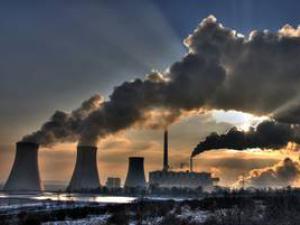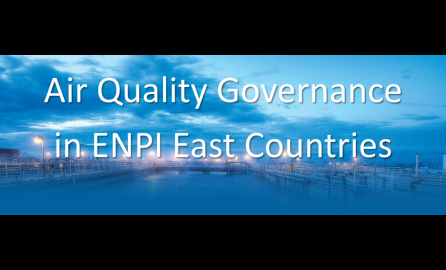Air Pollution International Framework
AIR POLLUTION INTERNATIONAL FRAMEWORK

Picture: UNECE
There are several existing documents guiding the international framework on Air Pollution. One of the central multilateral regional environmental agreements ratified by all the 7 countries in the project is the UN ECE Convention on Long- range Trans- boundary Air Pollution (CLRTAP) (EN, RU). Other Multilateral and Regional Environmental Agreements include:
- Convention on Persistent Organic Compounds (Stockholm Convention)
- Framework Convention on Climate Change
- Vienna Convention on the Protection of Ozone Layer
Relevant Protocols are:
- Kyoto Protocol
- Montreal Protocol
- Protocol on Financing of Cooperative Programme EMEP
- Programme on Reduction of Sulphur Emissions
- Protocol on Control of Nitrogen Dioxides Emissions
- Protocol of Volatile Organic Compounds
- Protocol on Further Reduction of Sulphur Emissions
- Protocol on Heavy Metals
- Protocol on Persistent Organic Pollutants
- Protocol to Abate Acidification, Eutrophication and Ground- level ozone (Gothenburg Protocol)
Furthermore, the beneficiary countries seek to pursue better implementation of legislation and regulations in the field of air quality and integrated pollution prevention and control (IPPC). The IPPC Council Directive (2008/1/EC) is a key tool for regulating industrial emissions in the European Union and can provide a model for assessment and management of air quality worldwide. Meanwhile transport issues relevant to the Project are referenced in the Stockholm and Climate change conventions cited above, and most of the relevant protocols deal with either stationary or mobile sources of pollutant emissions, or both.
